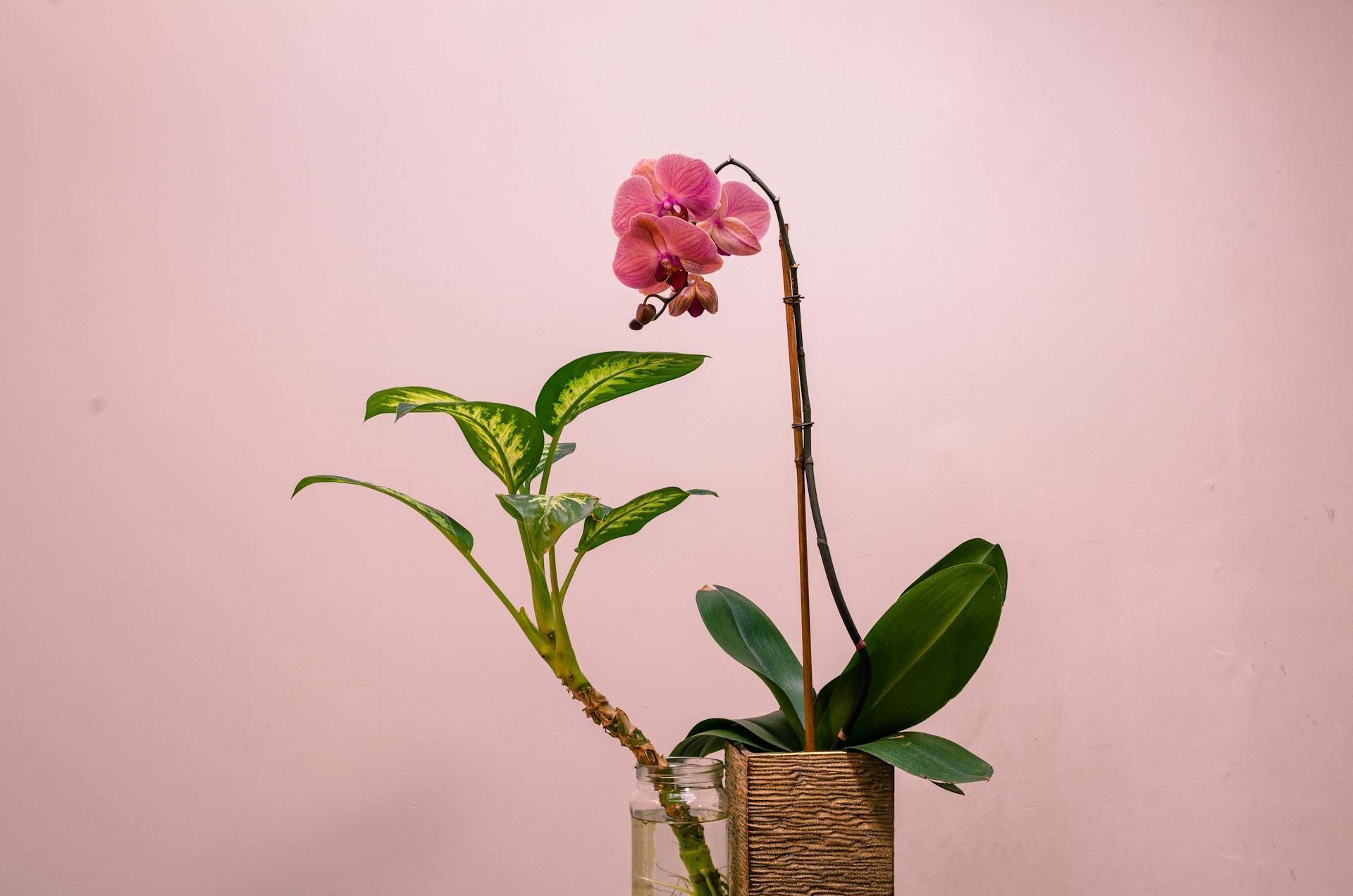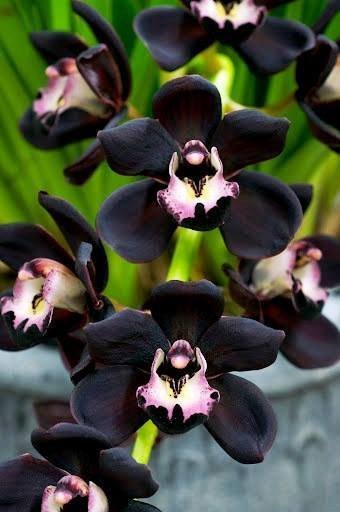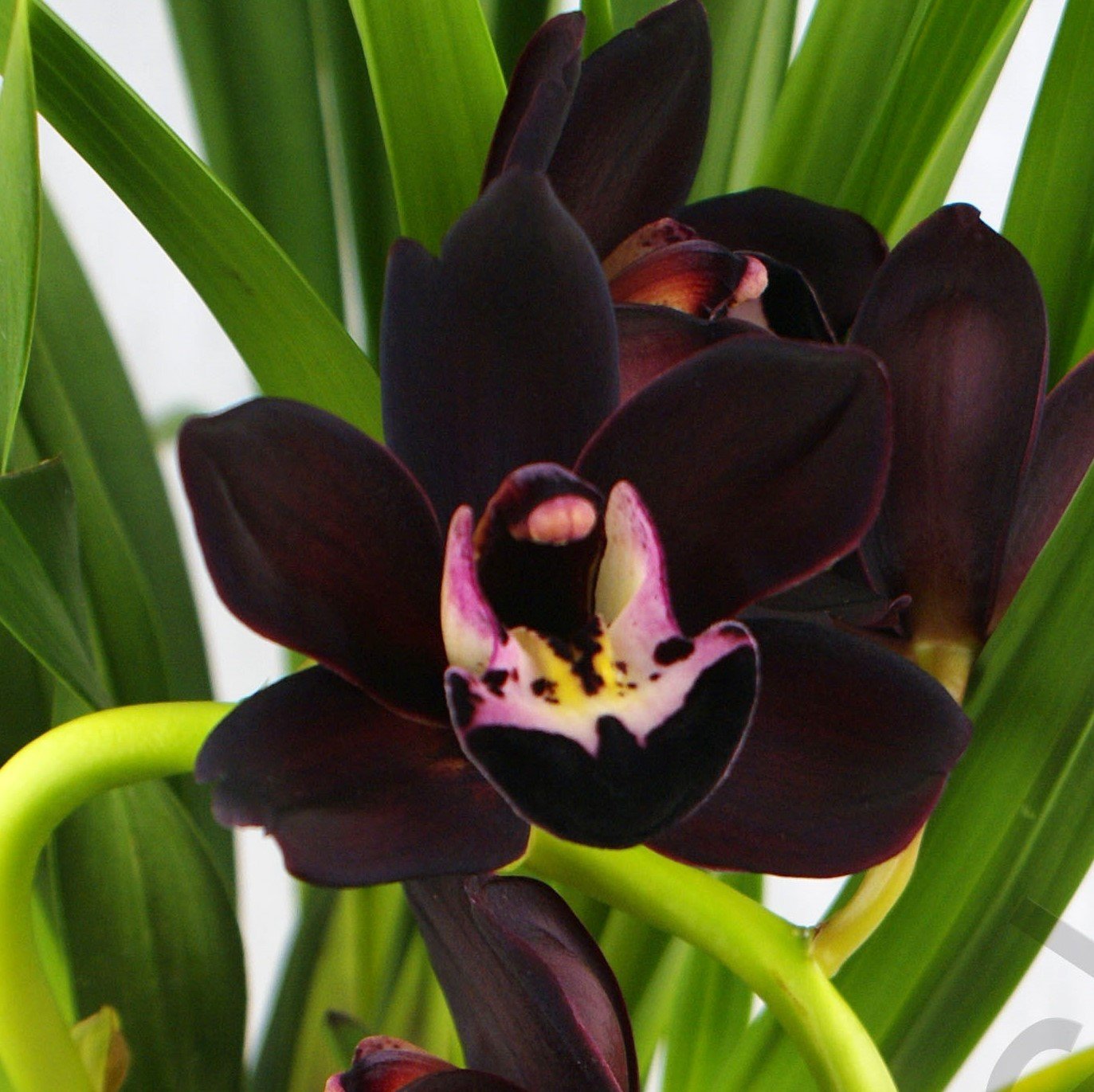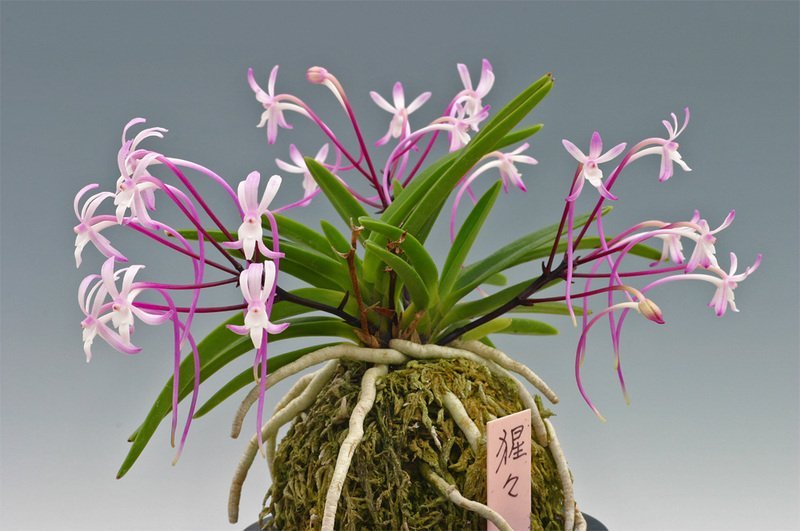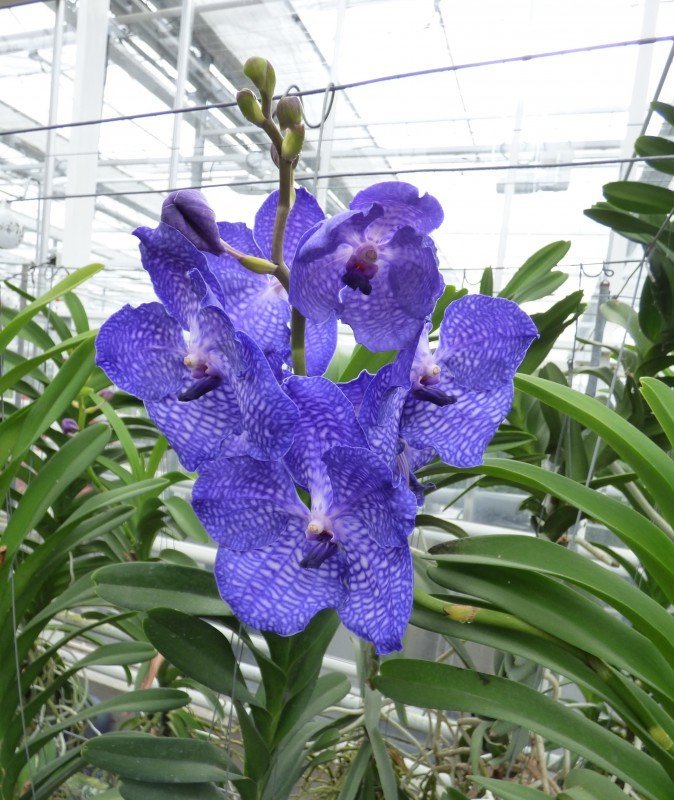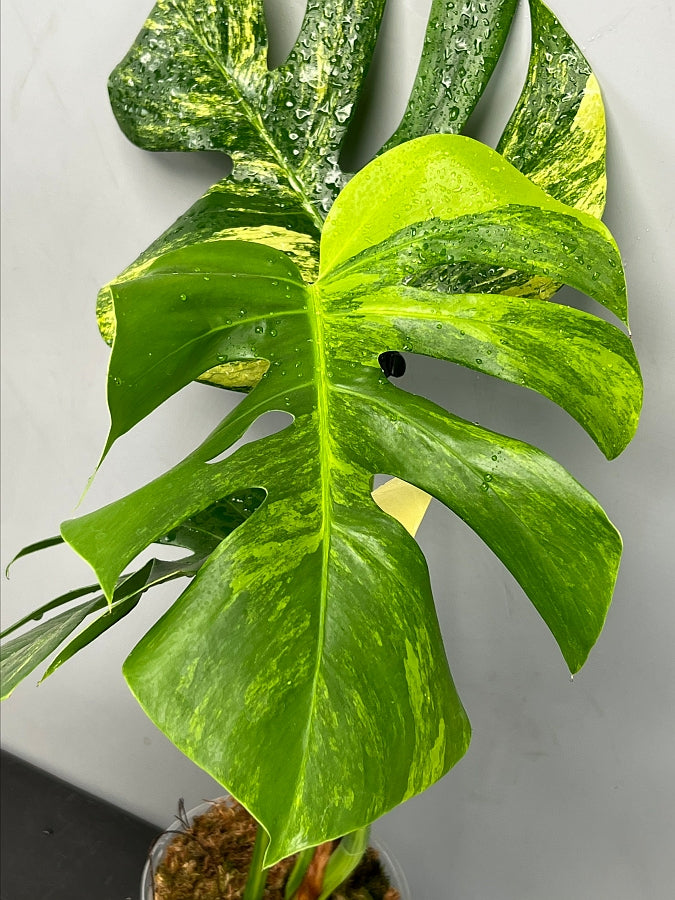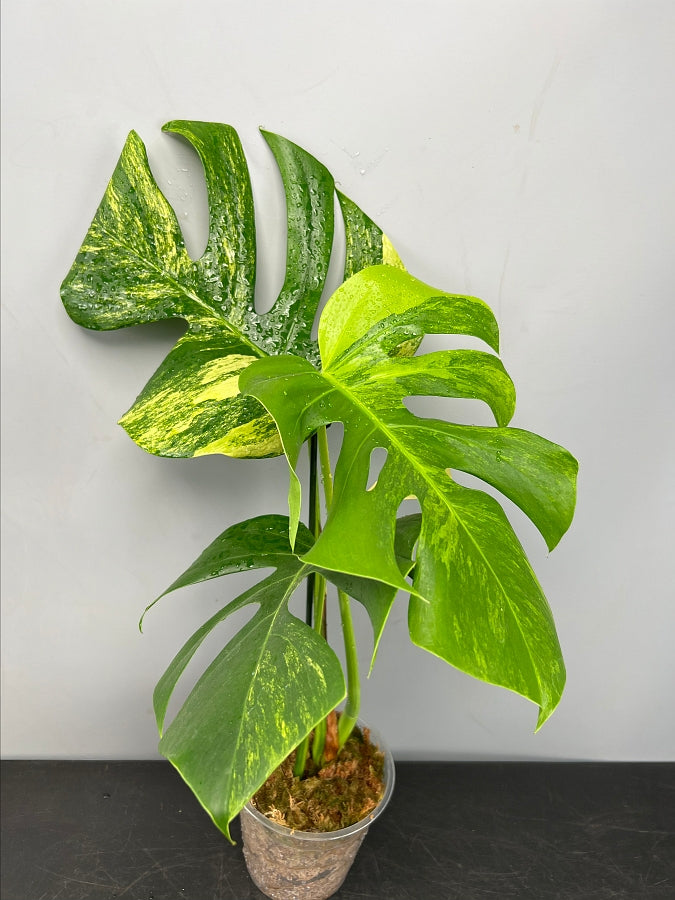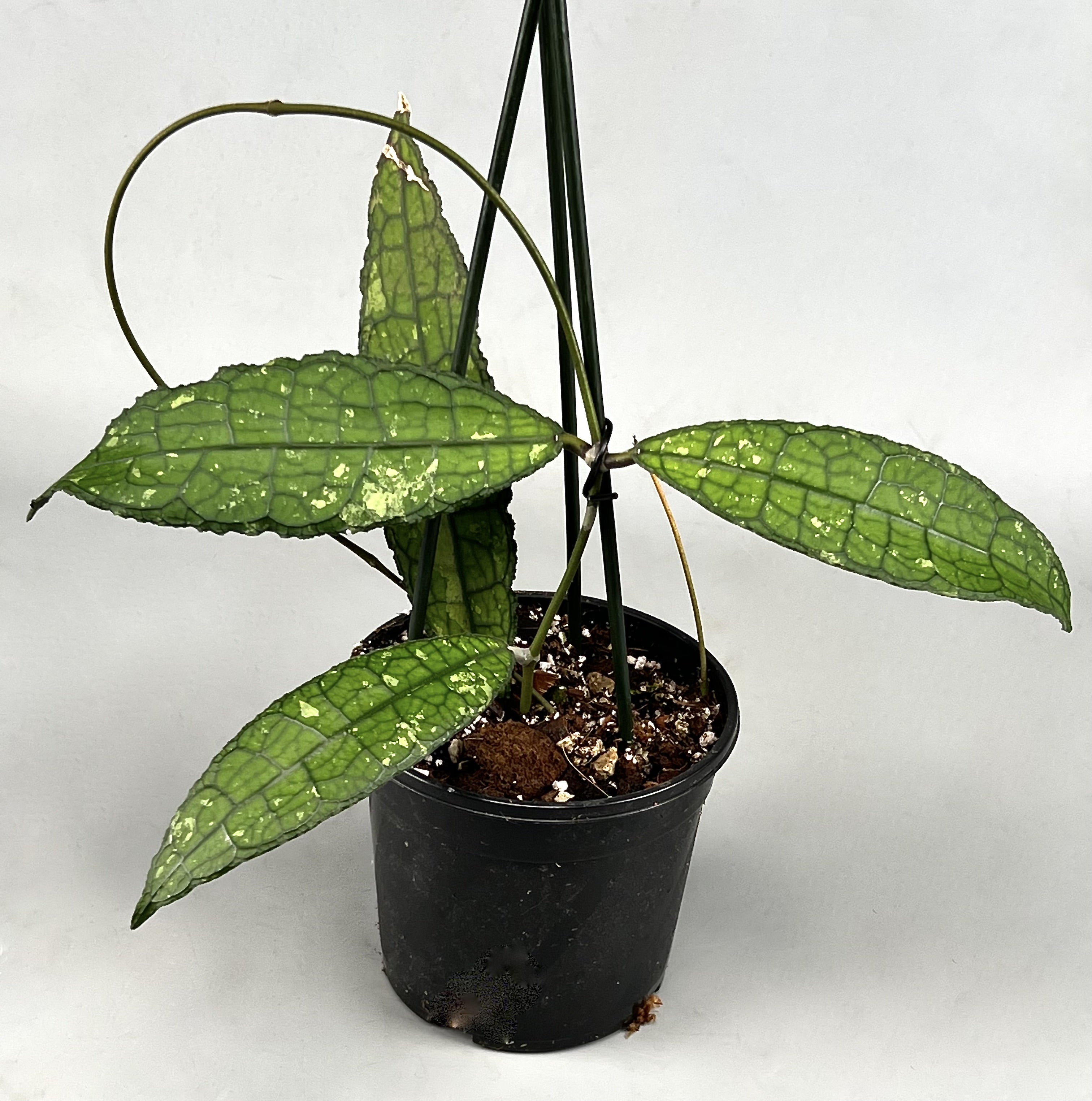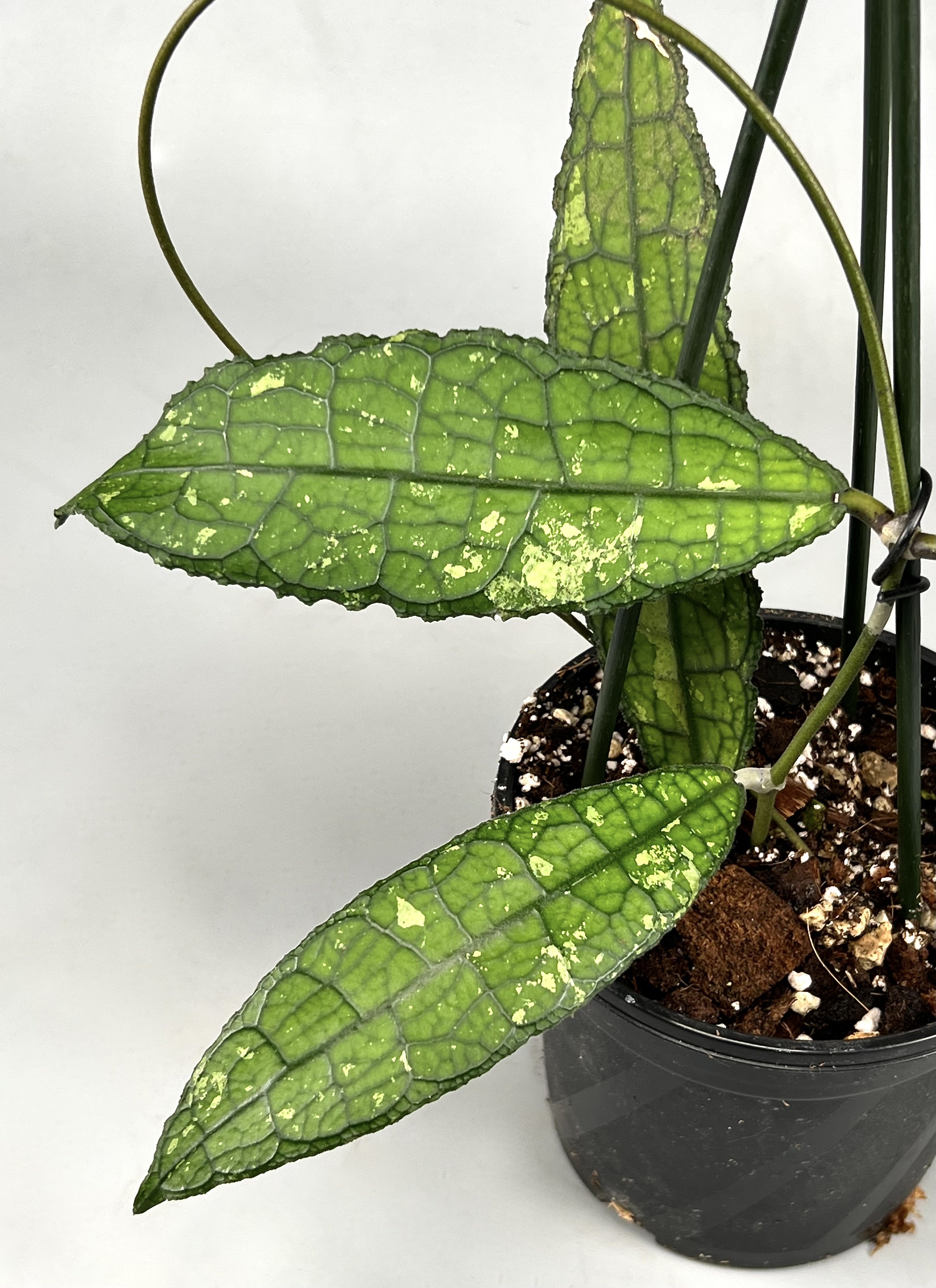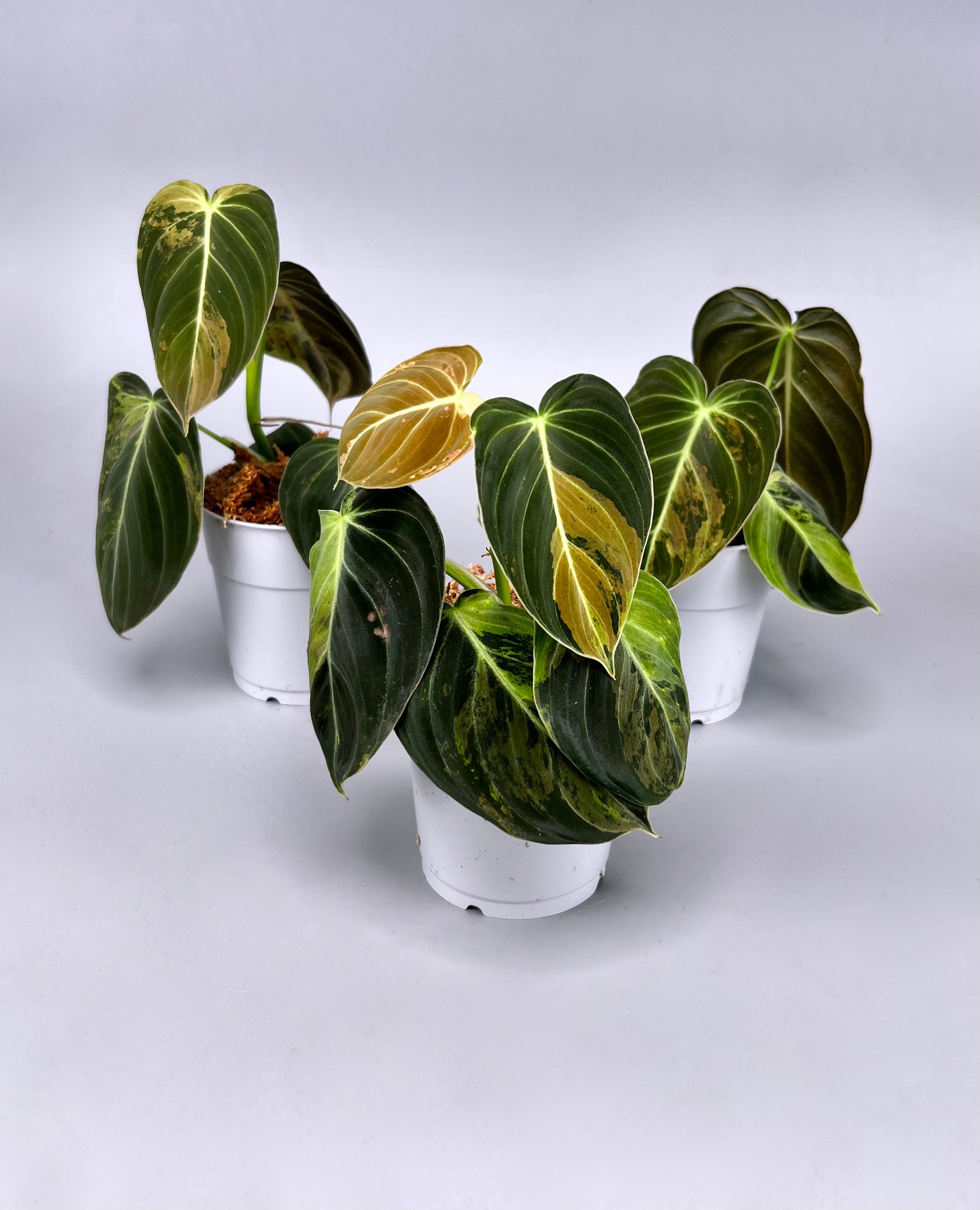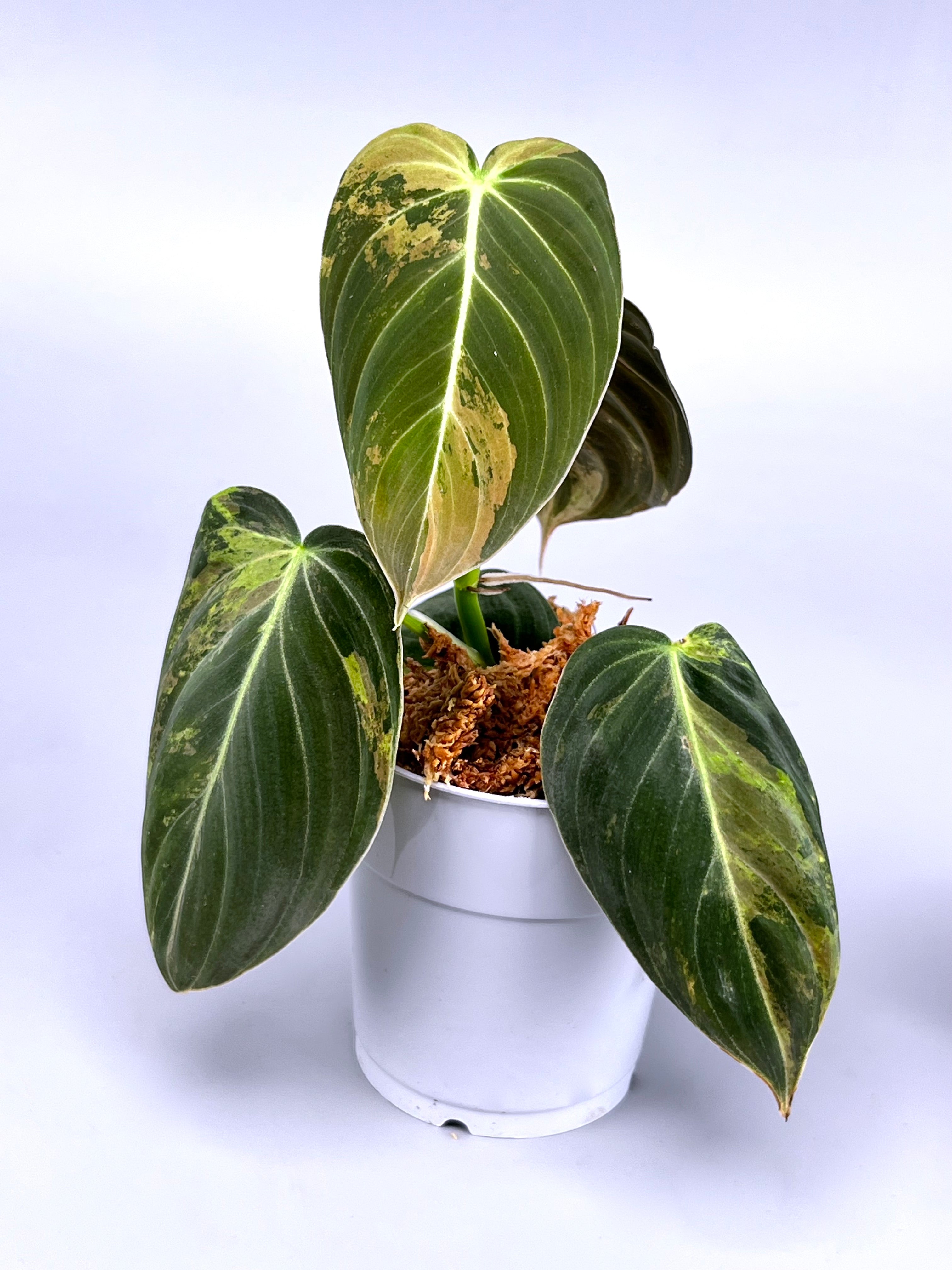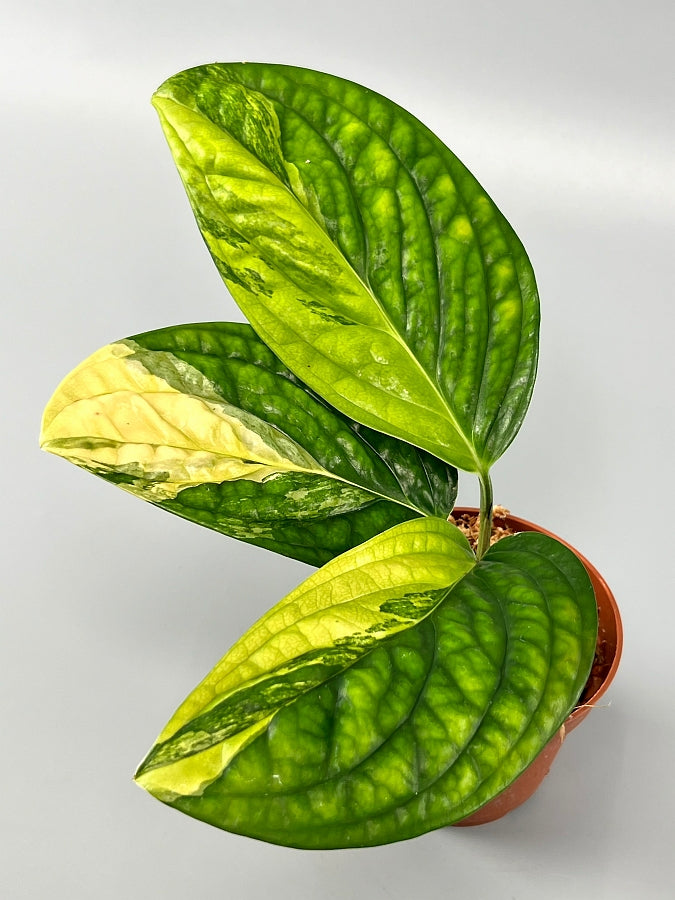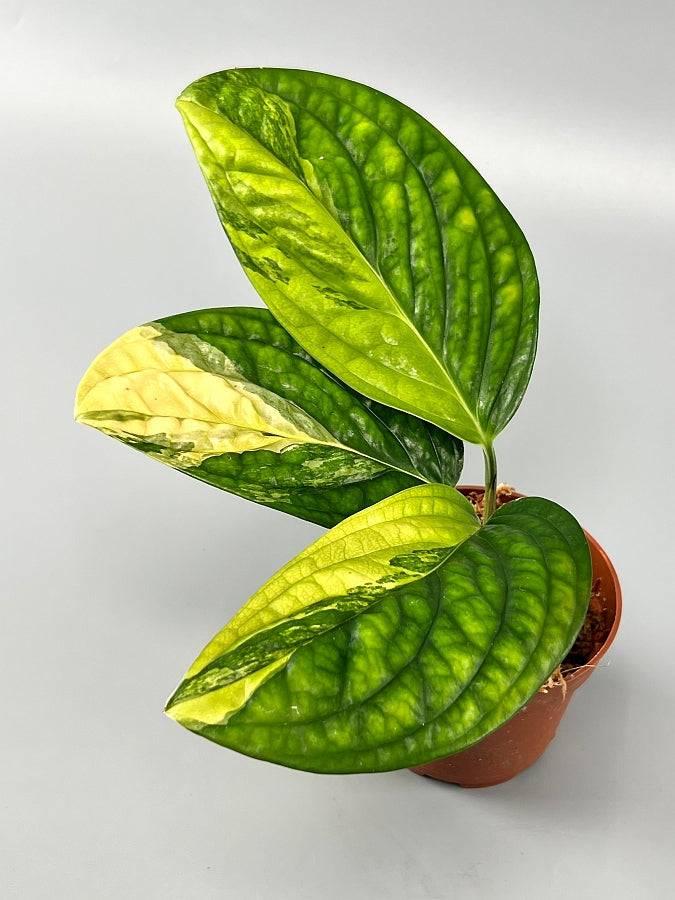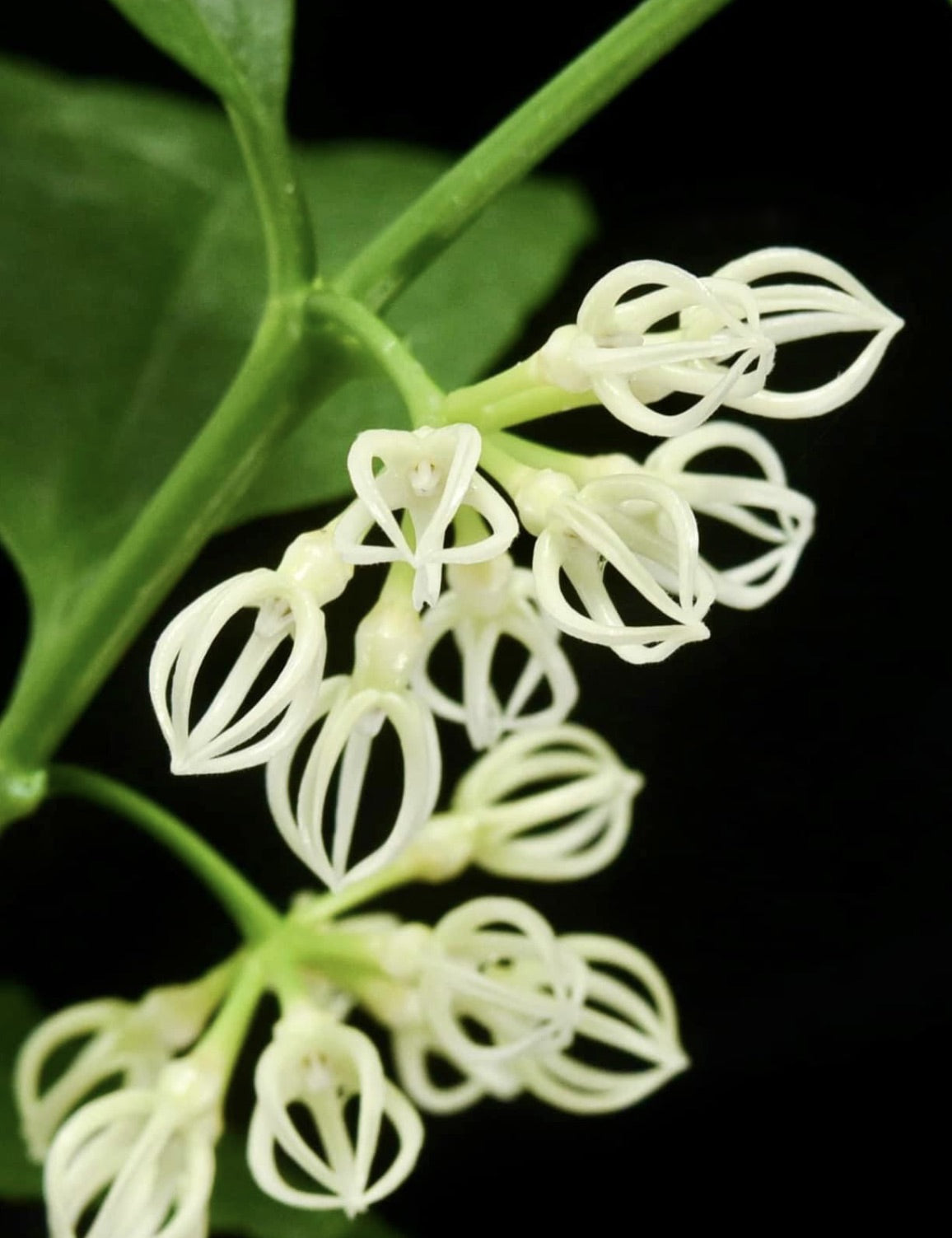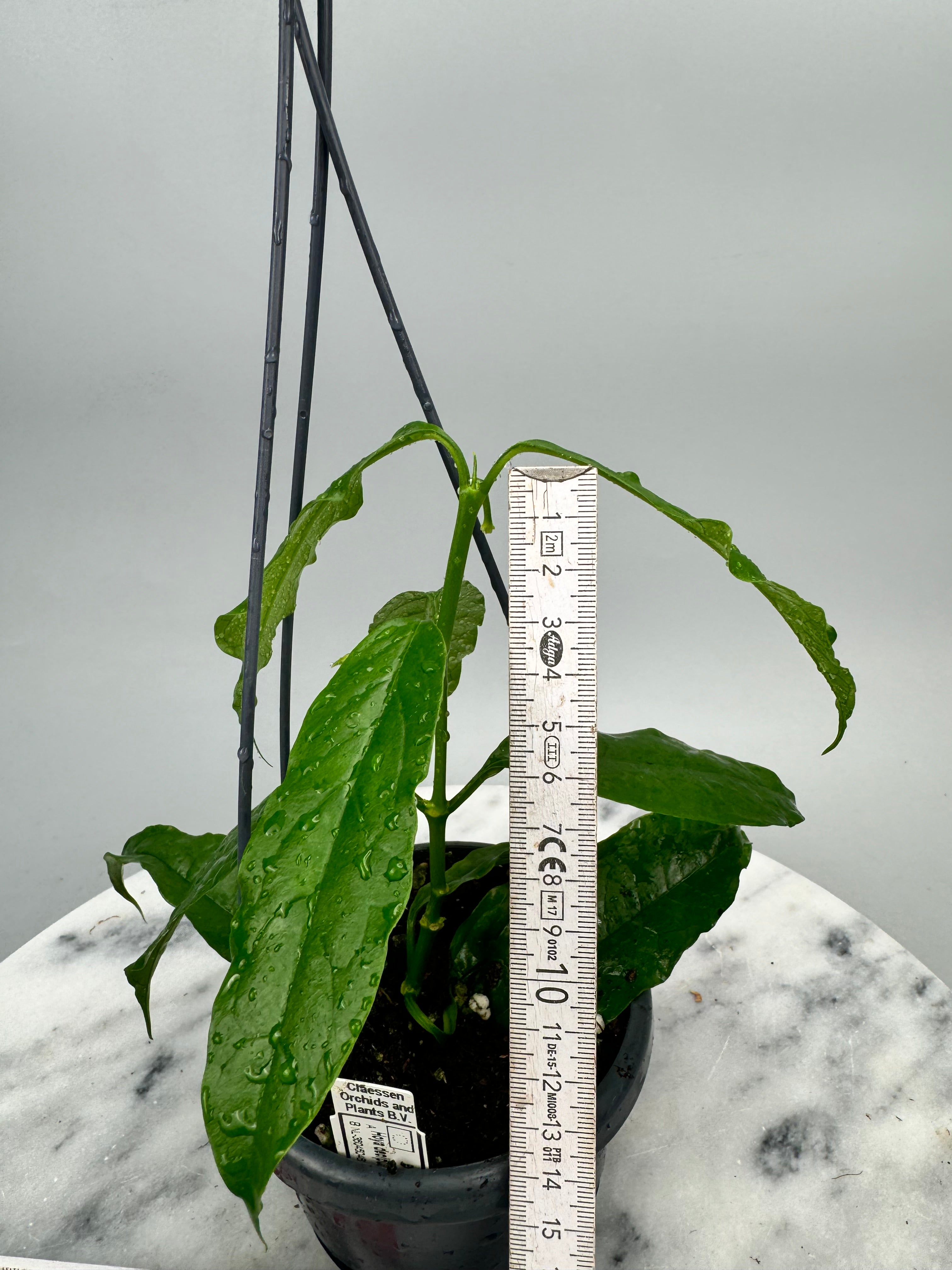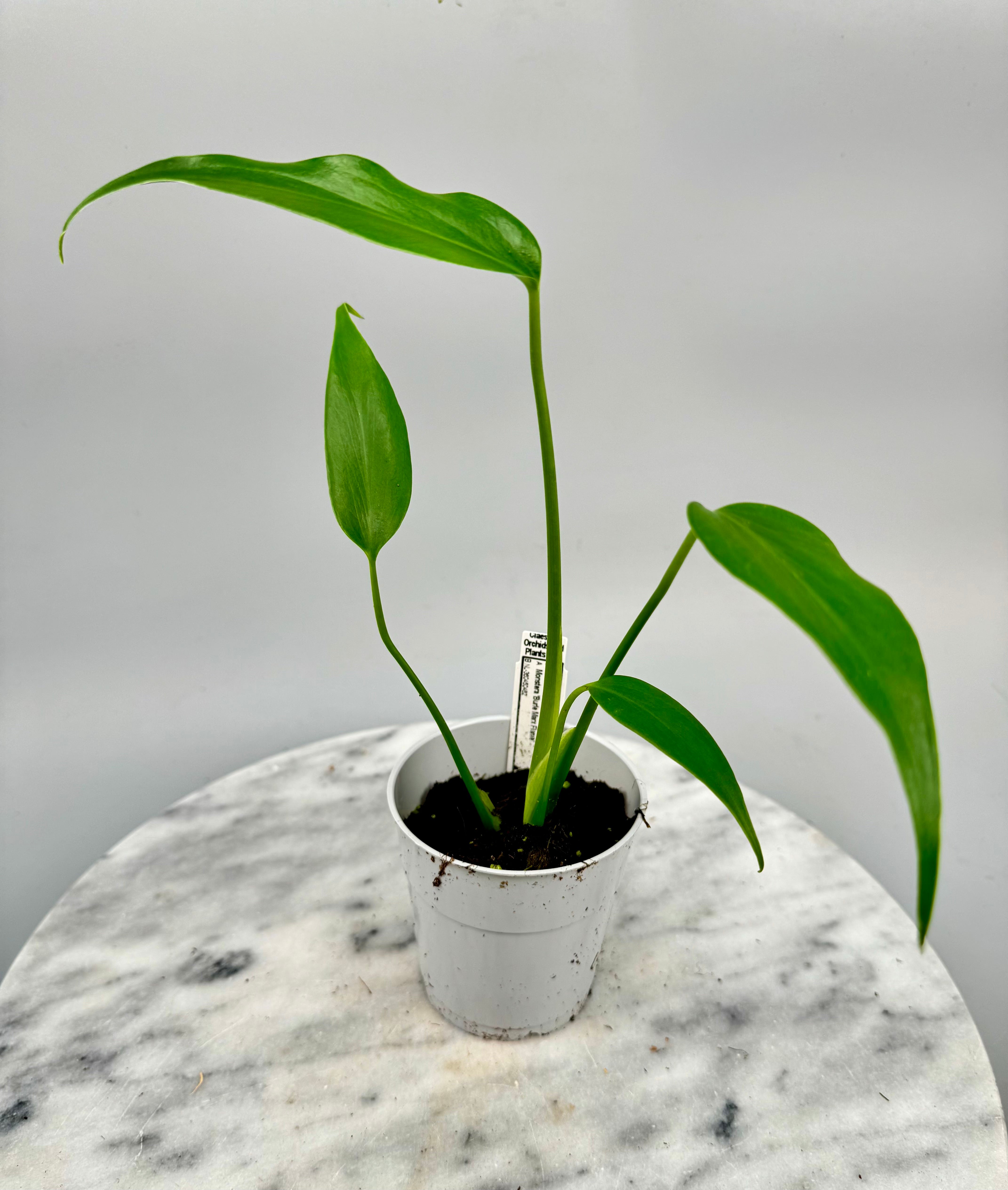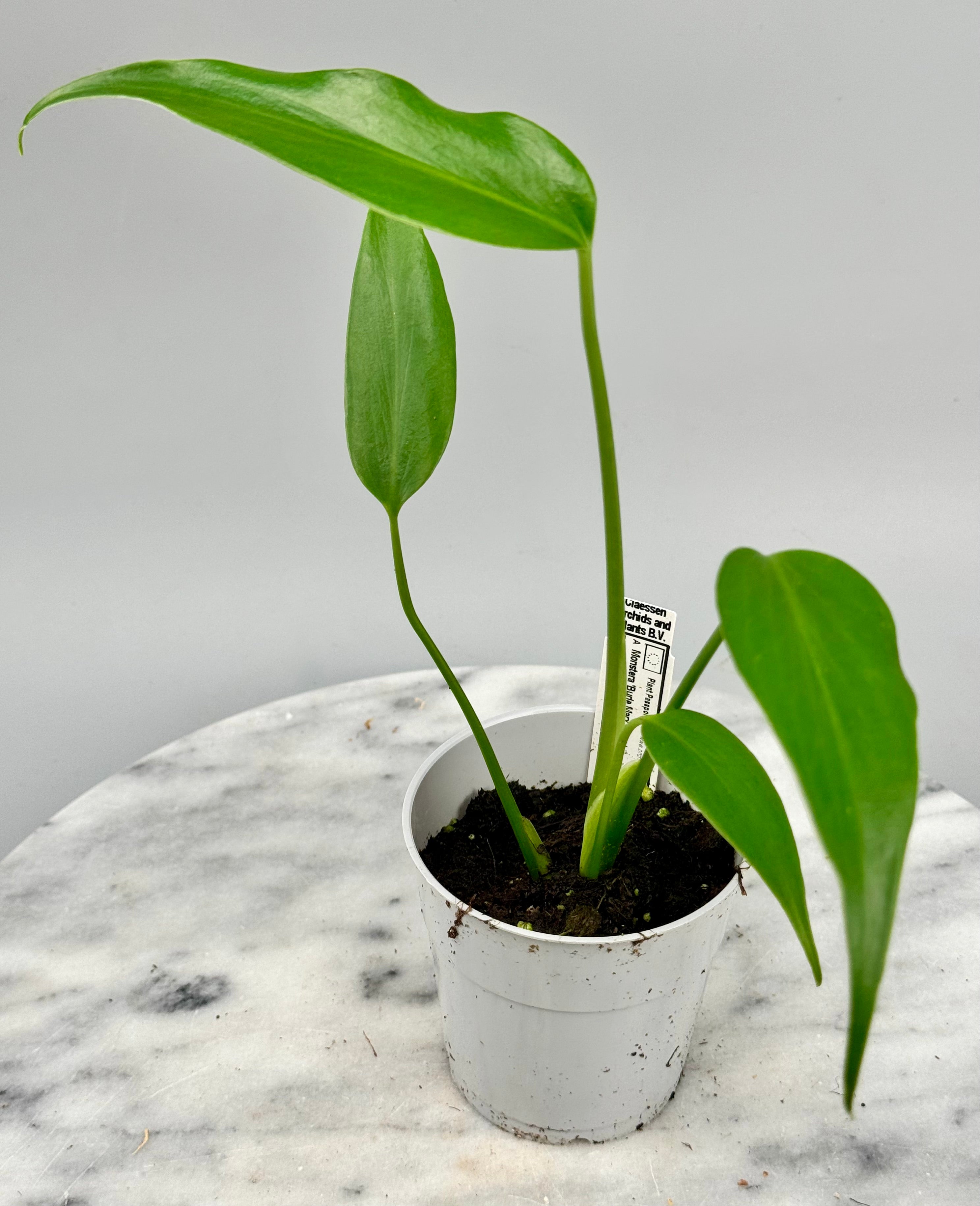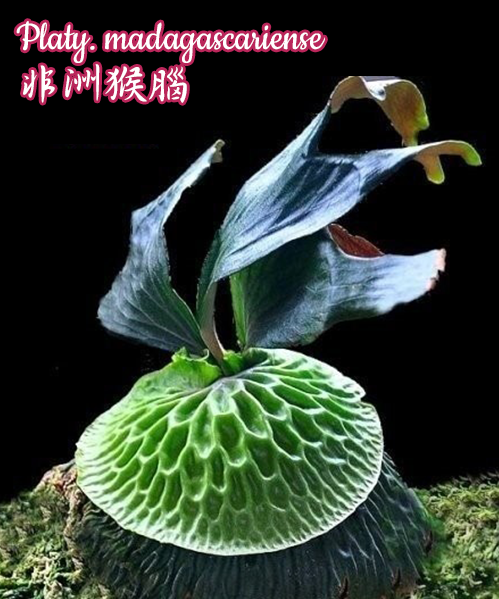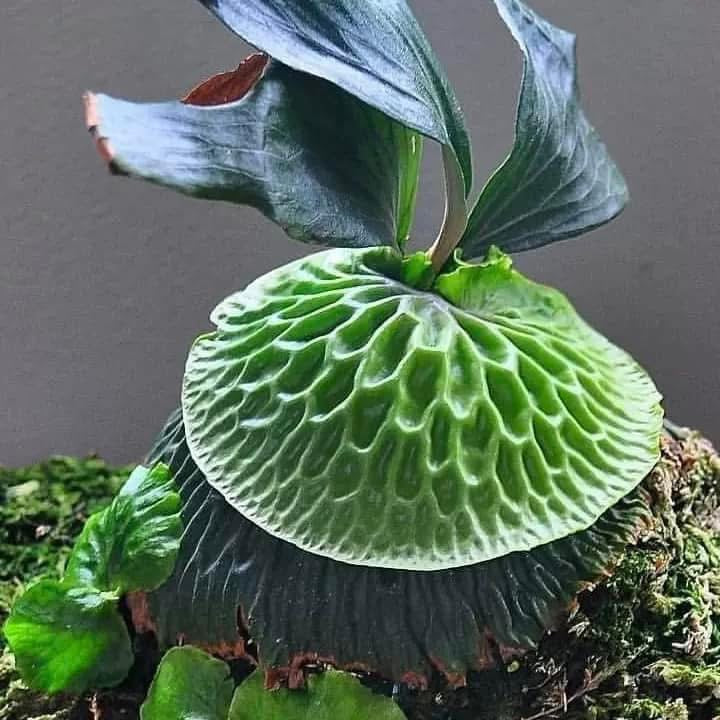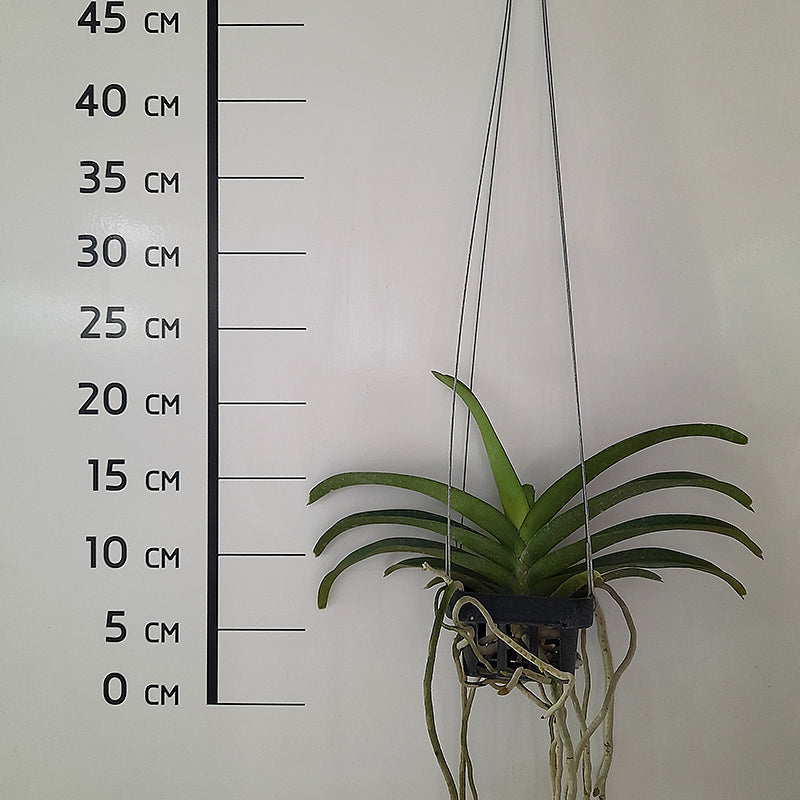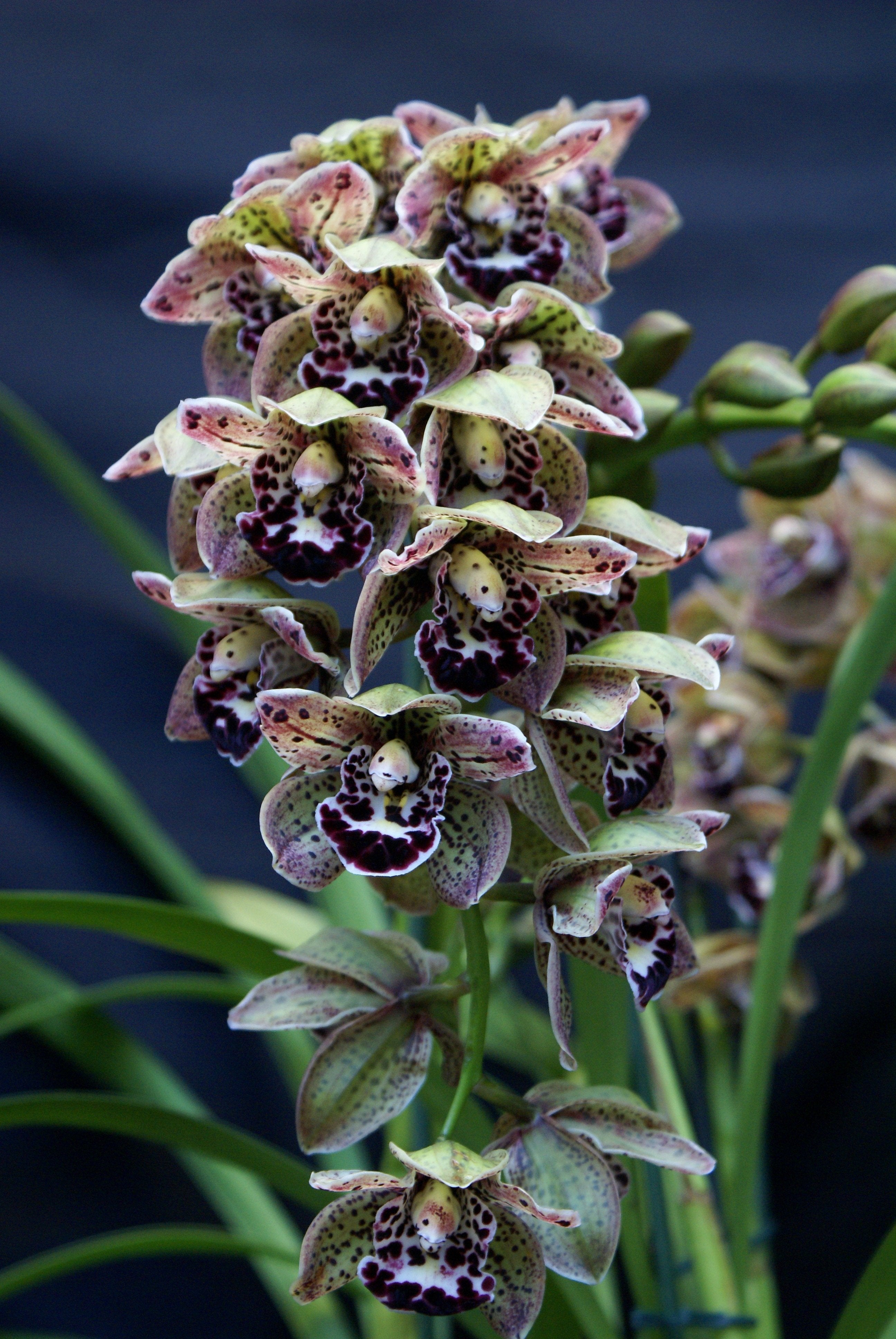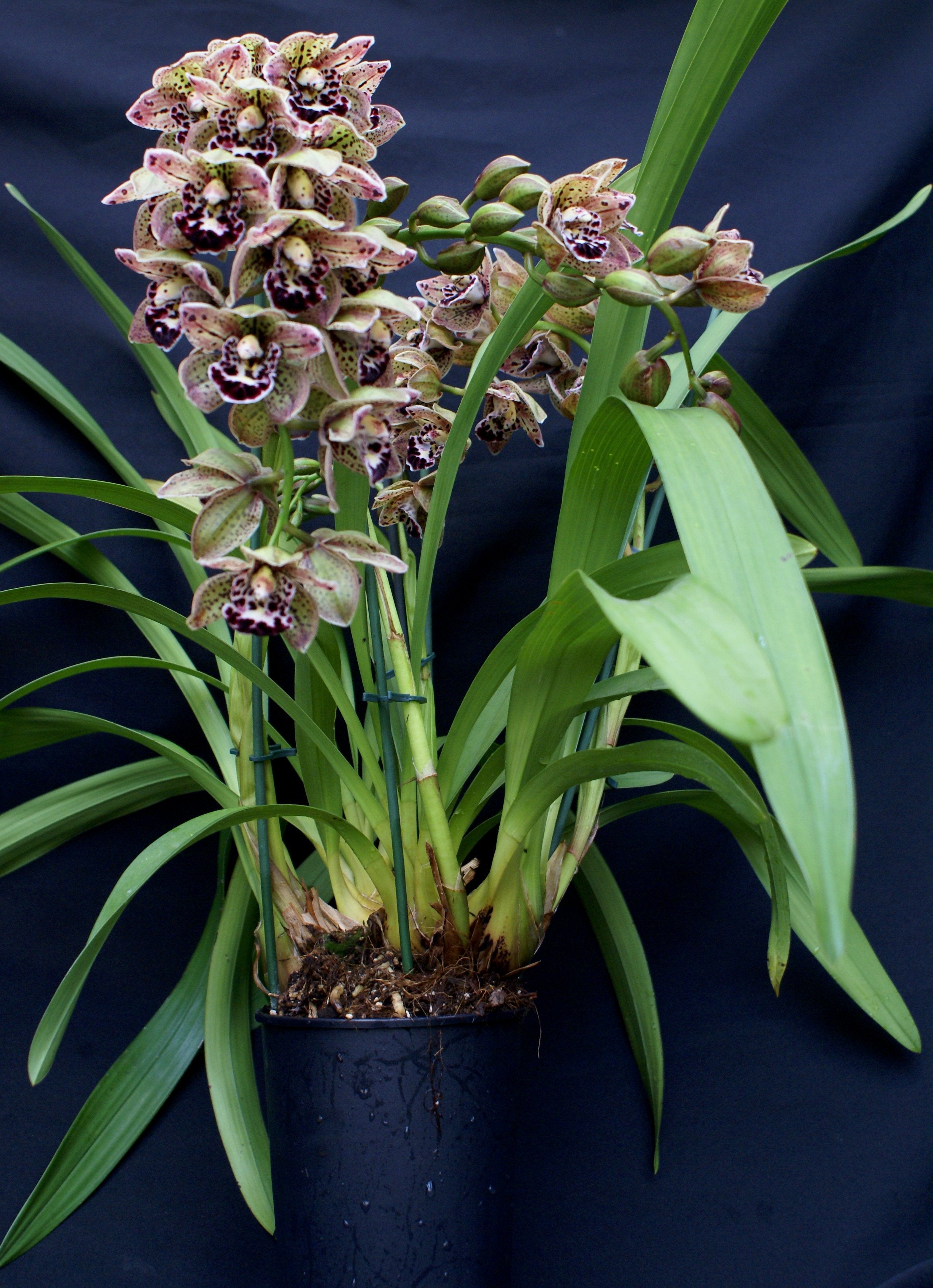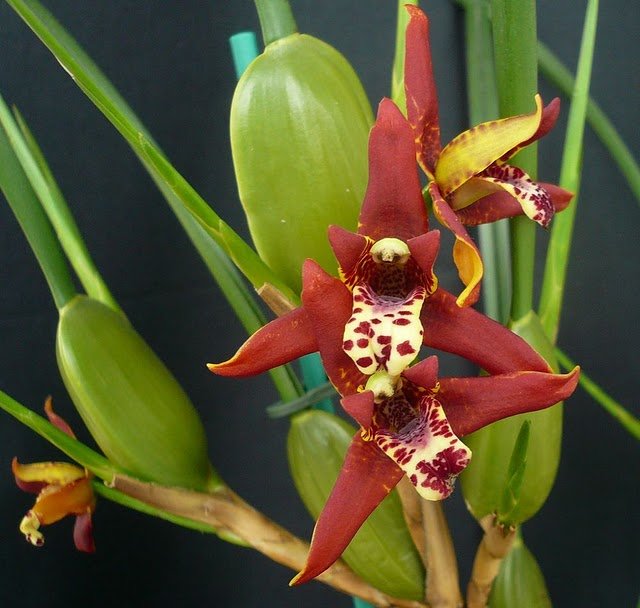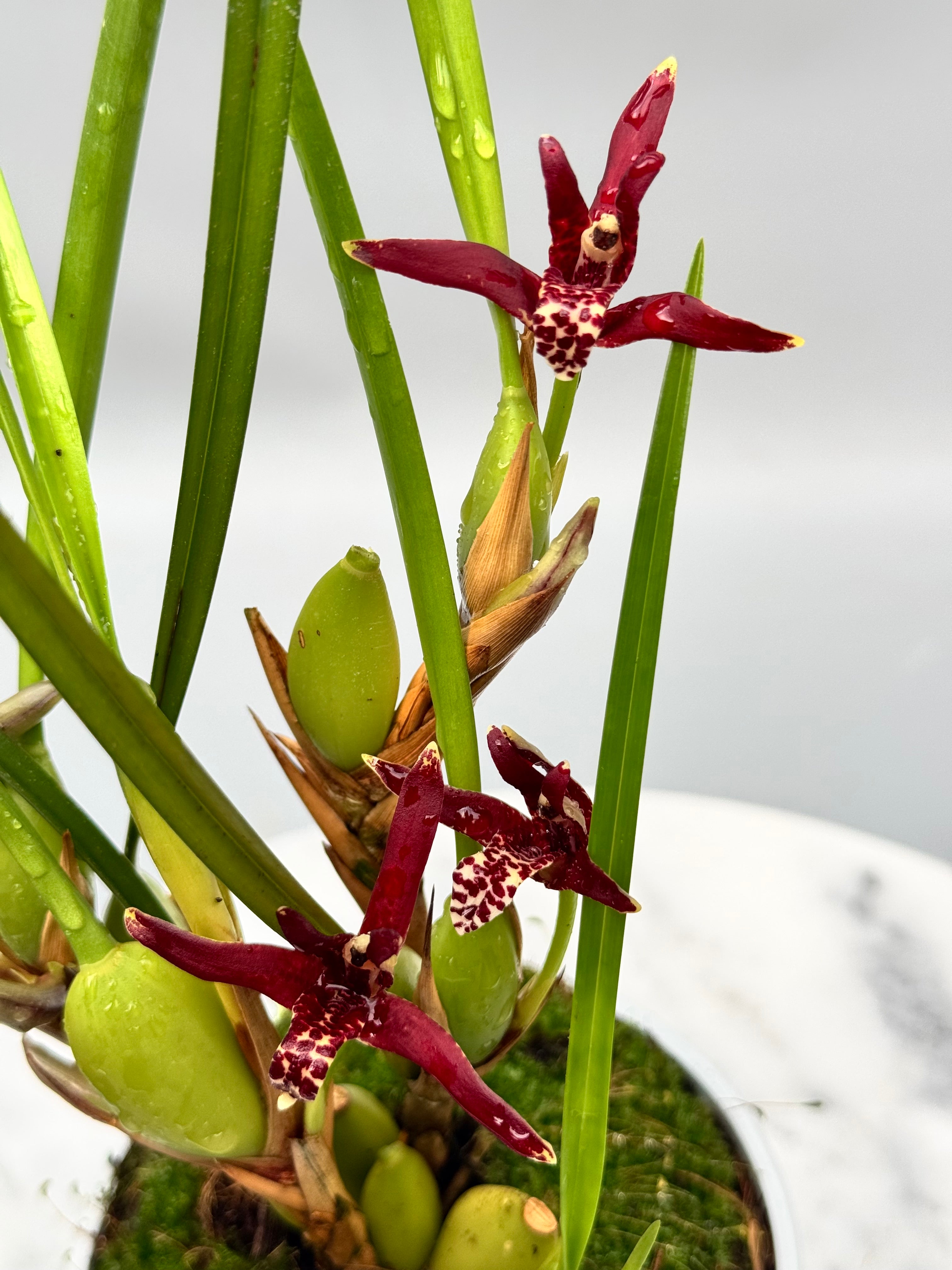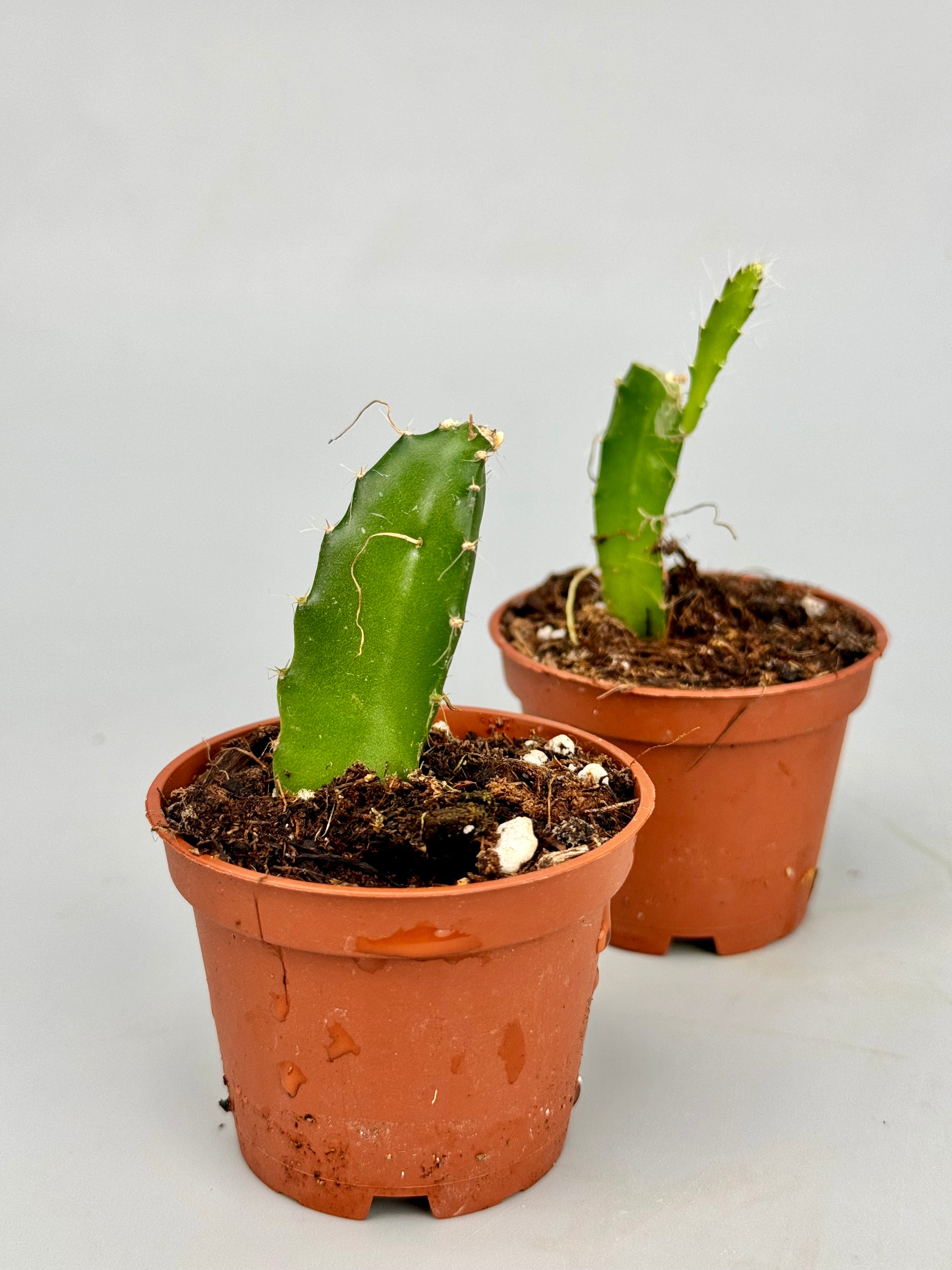3 Methods of propagating orchids:
Keiki's (children)
Some orchids, such as the Phalaenopsis orchid, can produce small individual plants. These "floating" mini plants on the mother plant are called "keikis. Keikis usually grow on the flower stem of the mother plant. The moment they have developed roots, you can carefully remove them from the mother plant. Then put it in a humid environment with plenty of indirect light and airflow, placing the keiki in a small pot with fine orchid potting soil.
Step-by-step plan for the most commonly used Keiki method
Identify the keiki
Look for small plants growing on the orchid's flower stem. These little plants must have at least three or four roots before you can separate them.Separating the Keiki
Make sure the material you use is sterile. Use a sharp knife or small, sharp pruning shears to carefully cut or trim the keiki from the mother plant. The roots of the keiki should not be damaged in the process. So you can't cut without leaving three roots that remain intact and are at least 4-5 cm long? Then wait until you can.Placing the Keiki in the pot
Place the Keiki in a pot with orchid potting soil. The roots should be in the substrate and should not fall out, but it should also not be too tight.Care of the young Keiki
Your baby orchid now needs a few drops of clean water regularly (preferably rainwater or thoroughly filtered water). In addition, the little plant should not have wet roots for too long. If they are wet for too long, the roots may rot at such a vulnerable stage. Wounds to the roots from cutting or trimming can be preventively treated with charcoal powder or a small amount of cinnamon to prevent infection and rotting. It is also important to keep the plant in a room with high humidity with plenty of indirect sunlight and air movement (no drafts).Tearing of the orchid
Tearing is a method commonly used with sympodial orchids in nurseries. Examples of sympodial orchids are Cattleyas and Dendrobiums. If the orchid has multiple pseudobulbs, you can carefully remove the plant from the pot and divide the root ball. However, care should be taken to ensure that each pseudobulb has at least 3 pseudobulbs to ensure that the orchid has the best chance of growing.
Taking the flower stem cuttings
Some orchids have a healthy flower stem that you can cut off and place in moist sphagnum moss or orchid soil. This only works for a few species, but it can be a relatively effective way of taking cuttings in most Phalaenopsis orchids, for example.
Patience
It is important to be patient when propagating orchids. This is because it can take quite a long time before the new plants can grow independently and no longer need to be monitored regularly. Moreover, many orchids can take several years before they are able to flower at all. Still, it can be an incredibly satisfying feeling when you have succeeded in propagating an orchid.

